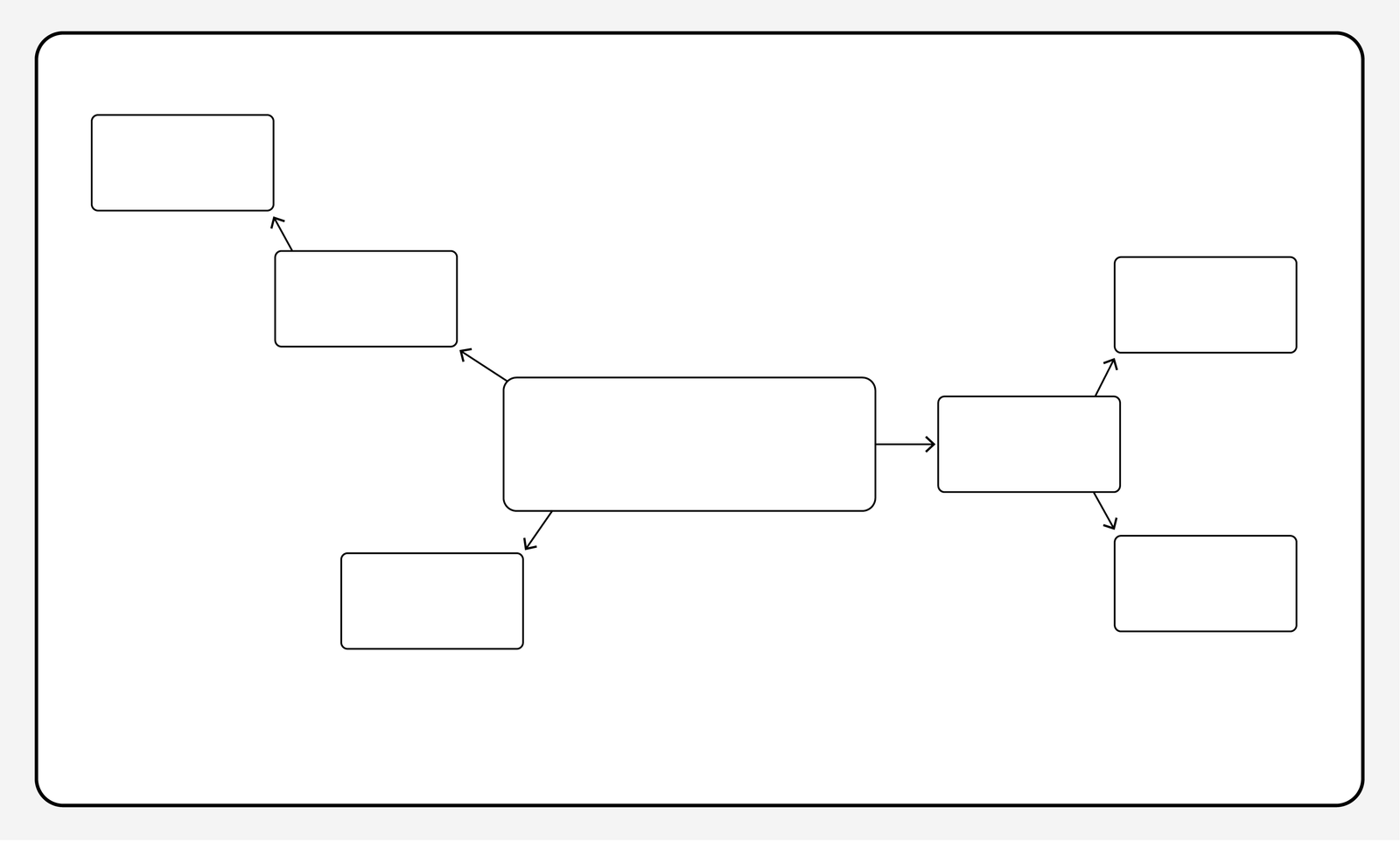Mind mapping
Mind Mapping is a powerful visual tool designed to organise and explore ideas in a structured yet creative way. It helps in capturing thoughts, generating new concepts, and understanding relationships between different pieces of information. It starts with a topic or concept at the centre, with branches extending outward to represent related sub-topics or ideas.
Key concepts:
Central Idea: This is the core concept or topic
Branches: These are lines extending from the central idea, representing sub-topics or themes. Each sub-topic can have its own branches to map further details
Keywords/Concepts: Words or short phrases placed at the end of each branch to represent specific ideas or concepts
The results
- A visualisation of ideas related to a central concept
- An understanding of relationships between connected ideas

When to use it
Brainstorming: When exploring ideas
Problem Solving: When seeking to break down complex problems into smaller, manageable parts
Creative Thinking: When wanting a free flow of ideas without the constraints of linear thinking
Strengths
Simple, visual and easy to use
Well known and understood
Supports creative thinking
Applicable in many scenarios
Weaknesses
May be too simplistic for complex issues
Can be visually overwhelming
How to use it?
What do I need to start?
A main concept or topic to explore.
How to use it?
Who to involve?
Mind mapping can be done alone or with a team. Consider involving people with an interest in the concept or topic.
Step by step
1
Identify the central idea
Define the main concept and place it at the centre of the map.
2
Create main branches
Develop primary branches that represent key aspects of the central idea.
The prompt to generate ideas will differ depending on what the mind map is for. Consider asking questions like:
- What are the main goals and objectives?
- What are the key challenges and opportunities?
- What are the main issues or bottlenecks?
- What are the potential risks?
3
Add and connect sub-branches
Break down each main branch into detailed sub-branches.
Ask similar questions, but for each of the main branches.
4
Draw connections
Link related sub-topics to illustrate relationships.
5
Use keywords and images
Add keywords and relevant images to enhance clarity.
Consider colour-coding for better visualisation.